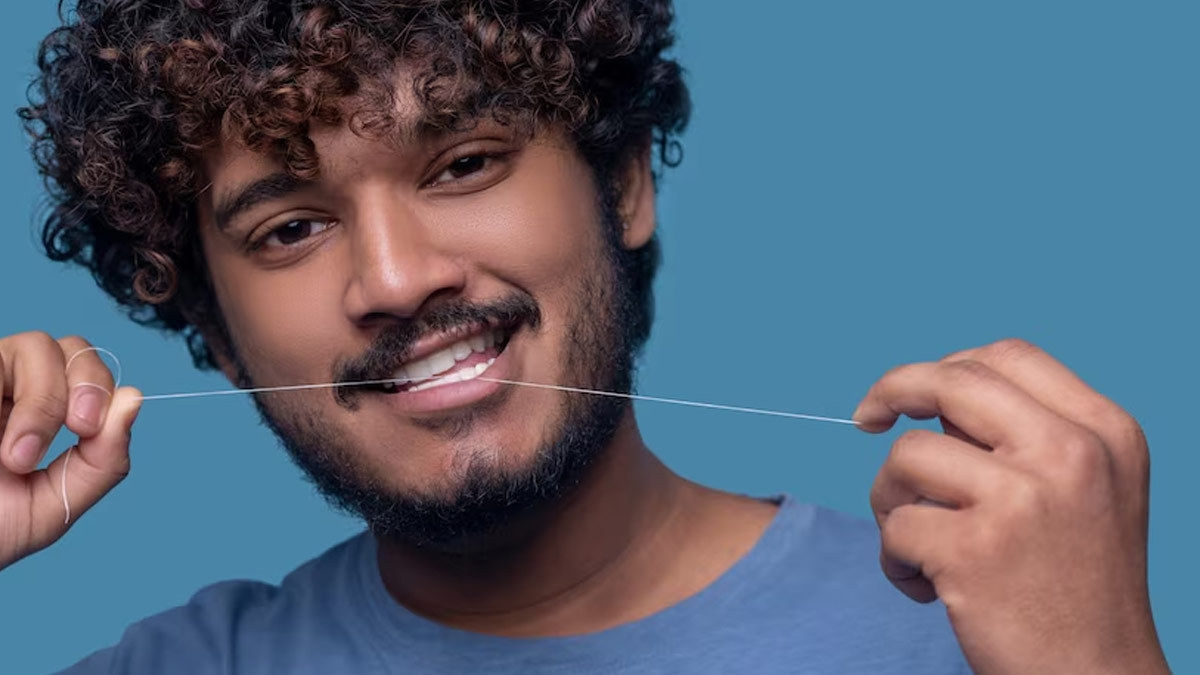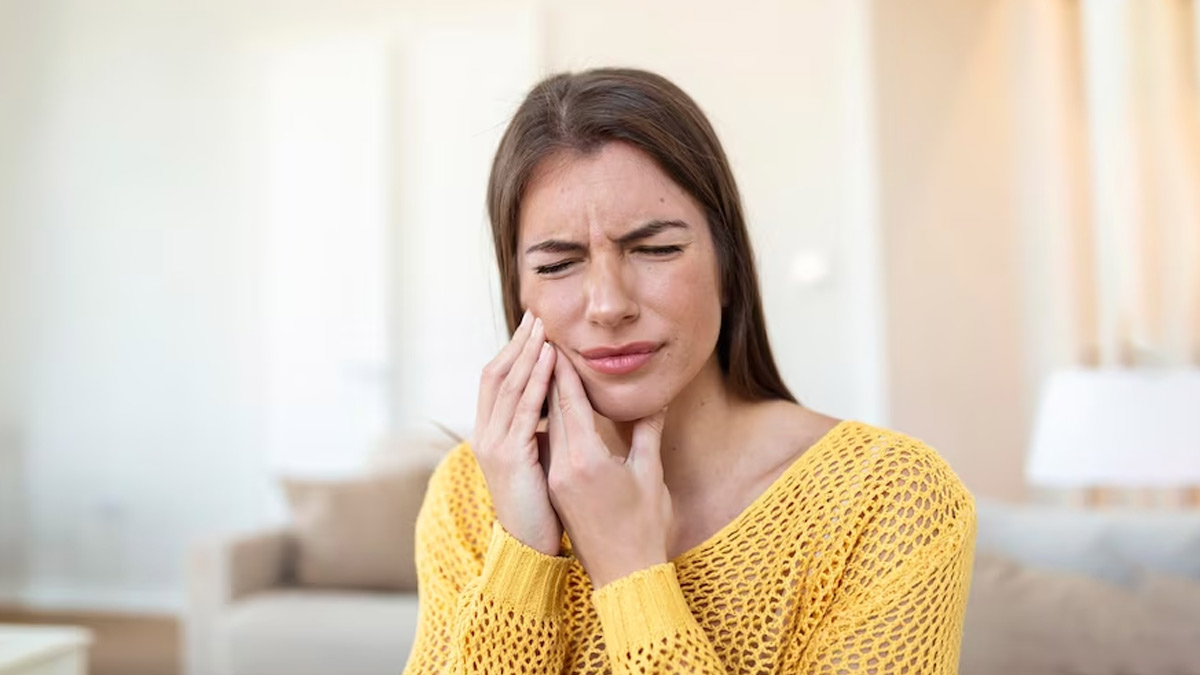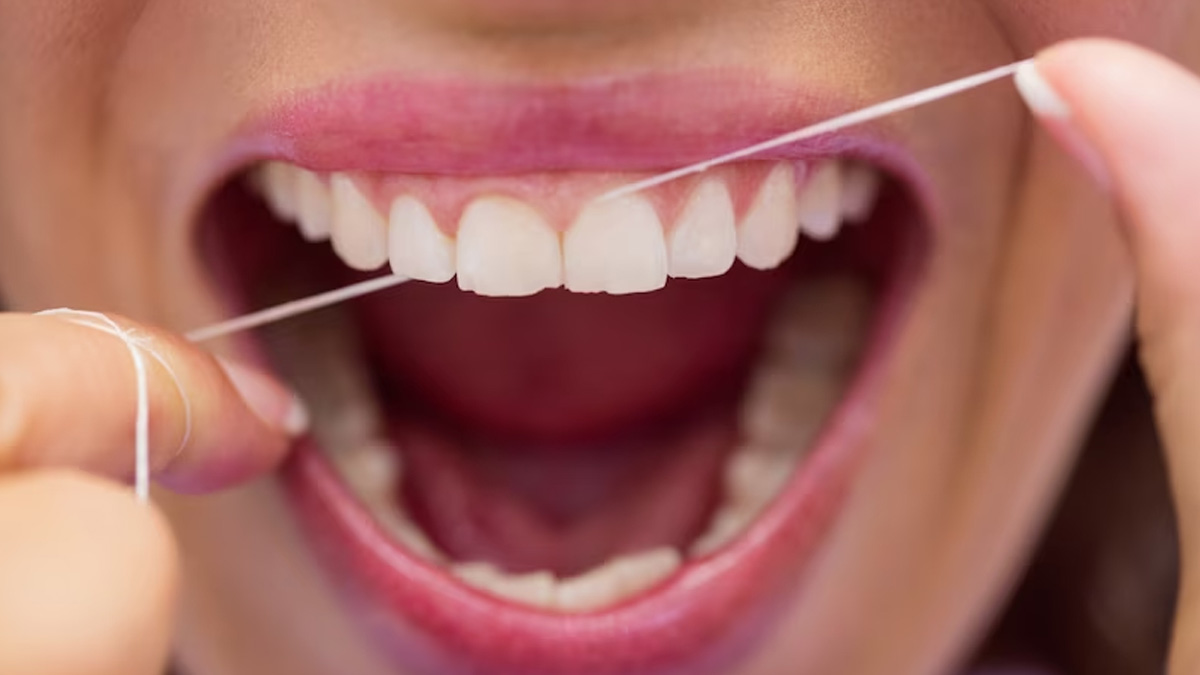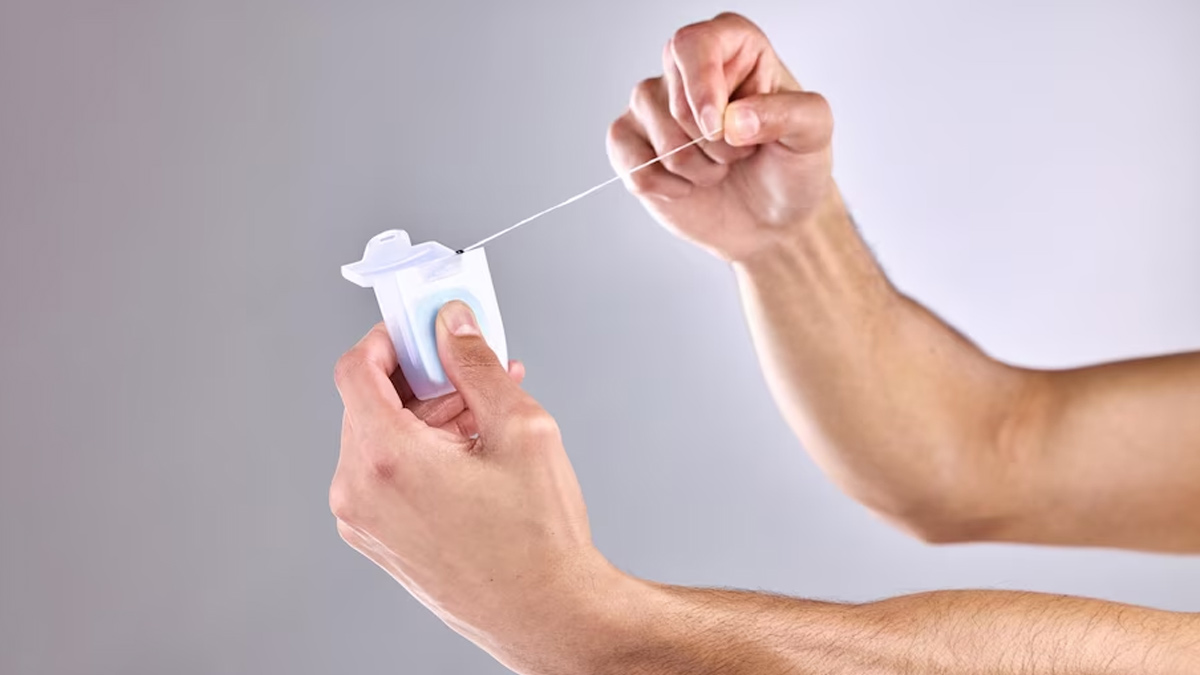
Brushing your teeth is important, but do you know that your toothbrush doesn’t reach all the sites, specifically between the teeth? These are the areas where the plaque builds and leads to cavities and gum diseases. That's where flossing comes in. Floss is a specialised strong thread that helps us clean and dislodge the food stuck between our teeth and reduces the amount of plaque and disease-causing bacteria in our mouth.
The Need to Properly Clean Your Teeth
As per the World Health Organization (WHO) Global Oral Health Status Report, nearly 3.5 billion individuals worldwide are impacted by oral diseases, with approximately three-quarters of those affected residing in middle-income countries.
The report highlights that globally, around two billion people are afflicted with dental caries in their permanent teeth, while 514 million children suffer from dental caries in their primary teeth.
Furthermore, the WHO emphasised that a significant proportion of oral health problems can be prevented through proactive measures and are more manageable if detected at an early stage.

Thus, to make sure your teeth are not subjected to oral diseases, proper cleaning is necessary, which can be done with a combination of brushing and flossing. We spoke to Dr Rupali Agnihotri, Associate Professor, Department of Periodontology, Manipal College of Dental Sciences, Manipal, Manipal Academy of Higher Education (MAHE), Manipal to know more about flossing.
Also Read: Looking Beyond Teeth: Oral Health And Its Surprising Insights Into Your Body
When to Floss?
"We should floss regularly, just like we brush our teeth every day. It is the best way to remove plaque between the teeth and prevent gum diseases and cavities," said Dr Agnihotri. She added that if plaque remains in these areas, it converts into tartar which is even more challenging to remove.
She recommended to floss before you brush your teeth as flossing lifts the food and plaque between the teeth, which can then be easily removed with the toothbrush. According to American Dental Association, we should floss our teeth at least once and brush at least twice daily.
How to Floss?

"More than just flossing, the correct technique is essential," she stressed. She added that we may damage our teeth and gums if we do not follow the right approach. So here is the step-by-step guide to flossing your teeth effectively:
- Start with a piece of floss long enough to grasp securely. Usually, 12-18 inches of floss is sufficient.
- Wrap the floss around the fingers or tie the ends to form a loop.
- Stretch the floss tightly between the thumb and index finger.
- Then glide it gently between the teeth, up and down, rubbing against the tooth surface on both sides.
- Be careful not to snap the floss into your gums, as this may lead to bruising.
- Repeat this up-and-down action 2 or 3 times.
- When the floss reaches near the gums, slowly curve the floss to form a 'C' around the tooth and gently pass it under the gums to clean the area between the gums and the teeth.
- Slowly move the floss back and forth, up and down, below the gum line without applying too much pressure.
- Repeat these steps for the next tooth until you have covered all the teeth in the mouth.
- If the floss shreds or becomes dirty, use a fresh piece.
Steps to Follow for Flossing in Case You Have Orthodontic Braces
Dr Agnihotri recommended flossing during orthodontic treatment. "Waxed dental floss is usually preferred during orthodontic treatment as it slips easily between the teeth," she added. He stressed to not apply too much pressure during flossing as it may damage the brackets.
Dr Agnihotri suggested the following steps to clean effectively around the braces.
- Take a 12-18 inches long piece of dental floss.
- Thread a piece of floss under the archwire of the braces.
- Gently pull the floss between the two teeth and move it up and down and side to side in order to clean the tooth surface.
- Hold the floss in a 'C' shape and gently floss into your gumline at the base of your tooth.
- Gently pull the floss out and repeat the steps for the next teeth.
Type of Dental Floss

"There are a variety of flosses available in the market. But, the type of floss to be used depends on personal preference, the spacing between the teeth, and the presence of orthodontic brackets," stated Dr Agnihotri. Various varieties of floss are as follows, as per the expert.
- Dental tape: It is broad and flat like a ribbon and is usually recommended when there are gaps between the teeth or in those with braces.
- Regular floss: It is a thin nylon or plastic strand that may be waxed, unwaxed, or flavoured. Some are made of nonstick material, which is slick and easy to slip between the teeth.
- Super floss: It is recommended to be used in situations with braces, bridges, or wide gaps. It has three components: a stiffened end dental floss threader to clean under the appliance, a spongy floss to clean the area around the dental appliance, and a regular floss to clean under the gumline.
Helpful Tools that Make Flossing Easy
- Floss holders: They facilitate flossing and keep the floss tight when penetrating the contact points between the teeth.
- Disposable floss holders: They are single-use pre-threaded floss. They are less time-consuming than regular floss holders.
- Electric flossers: They can be air flossers or water flossers. They direct streams of air and water or just water into the spaces between the teeth. The pressure of the stream helps loosen and rinse away bits of food, debris, and plaque from between the teeth. It is usually recommended for people with braces or bridges.
Conclusion
Good oral health is more than just brushing. Flossing helps to remove plaque and food from between your teeth and prevents tooth decay and gum diseases. Flossing tools work just as well as traditional methods using your fingers. Practice flossing correctly to ensure your teeth are healthy and beautiful for years.
[Disclaimer: This article is for informational purposes only. Consult your healthcare provider to get a thorough diagnosis and treatment as per your health needs.]
Image Credits: freepik







